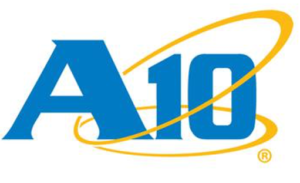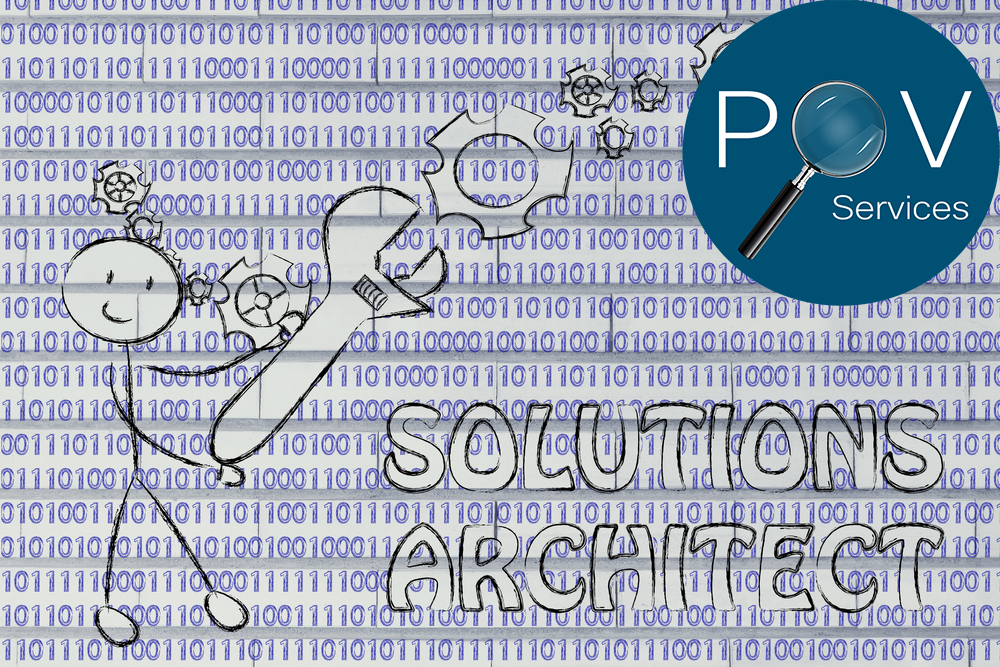The Curious Case of Caching CSRF Tokens

It is now commonly accepted as fact that web performance is critical for business. Slower sites can affect conversion rates on e-commerce stores, they can affect your sign-up rate on your SaaS service and lower the readership of your content.
In the run-up to Thanksgiving and Black Friday, e-commerce sites turned to services like Cloudflare to help optimise their performance and withstand the traffic spikes of the shopping season.

In preparation, an e-commerce customer joined Cloudflare on the 9th November, a few weeks before the shopping season. Instead of joining via our Enterprise plan, they were a self-serve customer who signed-up by subscribing to our Business plan online and switching their nameservers over to us.
Their site was running Magento, a notably slow e-commerce platform - filled with lots of interesting PHP, with a considerable amount of soft code in XML. Running version 1.9, the platform was somewhat outdated (Magento was totally rewritten in version 2.0 and subsequent releases).
Despite the somewhat dated technology, the e-commerce site was "good enough" for this customer and had done it's job for many years.
They were the first to notice an interesting technical issue surrounding how performance and security can often Continue reading
The Curious Case of Caching CSRF Tokens

It is now commonly accepted as fact that web performance is critical for business. Slower sites can affect conversion rates on e-commerce stores, they can affect your sign-up rate on your SaaS service and lower the readership of your content.
In the run-up to Thanksgiving and Black Friday, e-commerce sites turned to services like Cloudflare to help optimise their performance and withstand the traffic spikes of the shopping season.

In preparation, an e-commerce customer joined Cloudflare on the 9th November, a few weeks before the shopping season. Instead of joining via our Enterprise plan, they were a self-serve customer who signed-up by subscribing to our Business plan online and switching their nameservers over to us.
Their site was running Magento, a notably slow e-commerce platform - filled with lots of interesting PHP, with a considerable amount of soft code in XML. Running version 1.9, the platform was somewhat outdated (Magento was totally rewritten in version 2.0 and subsequent releases).
Despite the somewhat dated technology, the e-commerce site was "good enough" for this customer and had done it's job for many years.
They were the first to notice an interesting technical issue surrounding how performance and security can often Continue reading
6 Cutting-Edge Certifications for Infrastructure Pros
These IT certs can help you demonstrate your understanding of the latest technology.
Reflections from the Global Commission on the Stability of Cyberspace
Two weeks ago, a small delegation from the Internet Society was in Delhi for a series of meetings. (See yesterday’s post about GCCS and GFCE.) In this post, I’ll pick up with the Global Commission on the Stability of Cyberspace (GCSC).
The international community has been trying to develop cybernorms for international behaviour for over a decade. This has been happening through UN processes, through the GCCS, through international law discourse, and other fora. And, some progress has been made. For instance, the Tallin manuals provide some insights on how international law applies to cyber war and cyber operations, while the UN GGE, among others, recognized the applicability of international law on the digital space and has provided some protection to cybersecurity incident response teams (CIRTs) and critical infrastructure.
However, these processes are slow, and certainly not without roadblocks. The 5th UN Group of Governmental Experts on Information Security (GGE), for example, failed to reach consensus on whether certain aspects of international law, in particular the right to self-defence, apply to cyberspace as well as issues related to attribution. During a panel at GCCS, five participants in the 5th UN GGE shared their perspectives. To me Continue reading
Create IP Multicast Tree Graphs from Operational Data
A while ago I created an Ansible playbook that creates network diagrams from LLDP information. Ben Roberts, a student in my Building Network Automation Solutions online course used those ideas to create an awesome solution: he’s graphing multicast trees.
Here’s how he described his solution:
Read more ...Fish Gets a New Job: “Solutions Architect”
Many of the best things that have happened in my life weren’t planned.  Becoming a “Solutions Architect” is one of those things. I didn’t plan it. I’ve been in CPOC (Customer Proof of Concept) for almost 17 years now.
Becoming a “Solutions Architect” is one of those things. I didn’t plan it. I’ve been in CPOC (Customer Proof of Concept) for almost 17 years now.  Why? Cause truthfully, having fun and enjoying my job is exceedingly important to me. And I’ve never seen a job (in Cisco or outside) that would be more of an absolute perfect fit for me and what I consider “fun”.
Why? Cause truthfully, having fun and enjoying my job is exceedingly important to me. And I’ve never seen a job (in Cisco or outside) that would be more of an absolute perfect fit for me and what I consider “fun”.
But like I said…. Many of the best things that have happened in my life weren’t planned. 
For those of you who know how very much I totally love CPOC… you might be wondering “Fish, what happened that made you decide to look for another job?”. Uh… nothing. Like I said… it wasn’t planned. In fact, i didn’t even interview or apply for the job.
The new job is actually
- a newly created position in a
- just created team
- reporting to an awesome leader
- with 2 technical playmates I adore (ahem.. sorry.. co-workers)
Solutions Architect: What I Will Be Doing
Teehee… well the team literally just came Continue reading
Fish Gets a New Job: “Solutions Architect”
Many of the best things that have happened in my life weren’t planned.  Becoming a “Solutions Architect” is one of those things. I didn’t plan it. I’ve been in CPOC (Customer Proof of Concept) for almost 17 years now.
Becoming a “Solutions Architect” is one of those things. I didn’t plan it. I’ve been in CPOC (Customer Proof of Concept) for almost 17 years now.  Why? Cause truthfully, having fun and enjoying my job is exceedingly important to me. And I’ve never seen a job (in Cisco or outside) that would be more of an absolute perfect fit for me and what I consider “fun”.
Why? Cause truthfully, having fun and enjoying my job is exceedingly important to me. And I’ve never seen a job (in Cisco or outside) that would be more of an absolute perfect fit for me and what I consider “fun”.
But like I said…. Many of the best things that have happened in my life weren’t planned. 
For those of you who know how very much I totally love CPOC… you might be wondering “Fish, what happened that made you decide to look for another job?”. Uh… nothing. Like I said… it wasn’t planned. In fact, i didn’t even interview or apply for the job.
The new job is actually
- a newly created position in a
- just created team
- reporting to an awesome leader
- with 2 technical playmates I adore (ahem.. sorry.. co-workers)
Solutions Architect: What I Will Be Doing
Teehee… well the team literally just came Continue reading
HashiCorp Solves Enterprise Cloud Automation Management
 Those looking to upgrade might want to check the fine print.
Those looking to upgrade might want to check the fine print.
Juniper Security Platform Adds Automation, One-Touch Mitigation
 The updates include technology acquired from security startup Cyphort.
The updates include technology acquired from security startup Cyphort.
Juniper Moves OpenContrail to the Linux Foundation
 Detractors earlier called OpenContrail ‘faux-pen source.’
Detractors earlier called OpenContrail ‘faux-pen source.’
Accedian, Lanner Deliver Network Assurance for vCPE, uCPE, SD-WAN
 Lanner’s unique position with SD-WAN services sealed the partnership.
Lanner’s unique position with SD-WAN services sealed the partnership.
Juniper’s Bikash Koley: ‘We Have the Software to Solve Multi-Cloud’
 Juniper also announced Contrail as a platform for enterprise multi-cloud management.
Juniper also announced Contrail as a platform for enterprise multi-cloud management.
Popular Destinations rerouted to Russia
Early this morning (UTC) our systems detected a suspicious event where many prefixes for high profile destinations were being announced by an unused Russian Autonomous System.Starting at 04:43 (UTC) 80 prefixes normally announced by organizations such Google, Apple, Facebook, Microsoft, Twitch, NTT Communications and Riot Games were now detected in the global BGP routing tables with an Origin AS of 39523 (DV-LINK-AS), out of Russia.
Looking at timeline we can see two event windows of about three minutes each. The first one started at 04:43 UTC and ended at around 04:46 UTC. The second event started 07:07 UTC and finished at 07:10 UTC.
Even though these events were relatively short lived, they were significant because it was picked up by a large number of peers and because of several new more specific prefixes that are not normally seen on the Internet. So let’s dig a little deeper.
One of the interesting things about this incident is the prefixes that were affected are all network prefixes for well known and high traffic internet organizations. The other odd thing is that the Origin AS 39523 (DV-LINK-AS) hasn’t been seen announcing any prefixes for many years (with one exception below), so why Continue reading
VMware Closes Acquisition of VeloCloud Networks
As applications and data continue to be distributed more broadly from the data center to the edge, customers are increasingly relying on software-defined wide-area networks (SD-WANs) versus traditional networking for flexible, secure connectivity. It’s for this reason that I am pleased to share that we officially closed our acquisition of VeloCloud Networks today, bringing their industry-leading, cloud-delivered SD-WAN solution to our growing software-based networking portfolio. The acquisition of VeloCloud significantly advances our strategy of enabling customers to run, manage, connect and secure any application on any cloud to any device.
VMware NSX was a game changer in the industry, and it has become the industry-leading implementation of network virtualization. Customers choose NSX because it delivers network and security services closest to the application. By adding VeloCloud’s SD-WAN solutions to our portfolio, we are extending our value in the enterprise and increasing our relevance with service providers by offering end-to-end automation, application continuity and security from data center to cloud edge. VeloCloud will bring the same properties to the wide-area network with an SD-WAN solution that provides full visibility, metrics, control and automation of all endpoints, resulting in better performance and availability for enterprise and cloud applications.
If you are a Continue reading
One Little Thing Can Break All Your Automation
I’ve been doing some work automating A10 Networks load balancers recently, and while testing I discovered a bug which broke my scripts. As hard as I try to code my scripts to cope with both success and failure, I realized that the one thing I can’t do much with is a failure of a key protocol.

Breaking Badly
So what matters when I’m automating device configurations? Three things come to mind immediately:
The Network / Transport
I need reliable network connectivity, or my automation requests will constantly be timing out or failing. While a script should be able to cope with an occasional network failure, unreliable networks are not fun to work with.
Data Transfer Format
Pick a format (XML, JSON) and use it consistently. I’m happy so long as I can send a request and read a response in a given format. If I send a request using JSON, send a response using JSON. Funnily enough I was troubleshooting WordPress xmlrpc recently and noticed that when there was an error, the XML command being issued received a 404 error followed by, well, you’d hope an XML error response, right? No, because it was an HTTP 404 error, the site Continue reading

